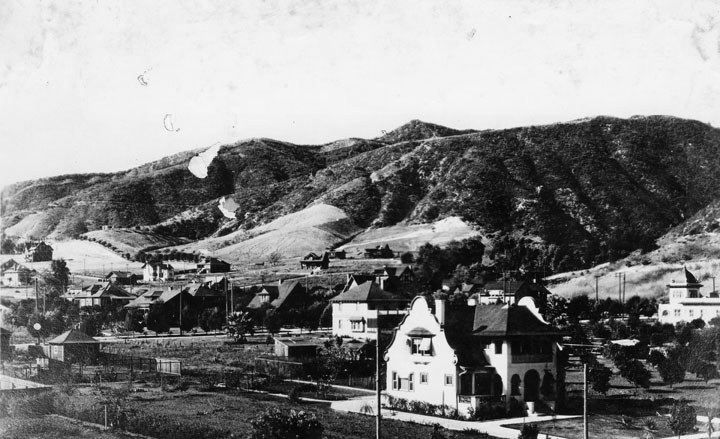
My favourite scene was the ending scene where they burnt the sled, due to how cleverly anticipation was built up to the final answer the audience has been looking for. A continuous take showing all his wealth and possessions helps emphasise how insanely rich Kane was, only for this shot to end in a cut showing a burning fire, with everything he had ever worked for being destroyed. The mise en scene here is incredibly significant, as the sheer magnitude of items would be insane for the audience to comprehend, especially the WW2 audience at the time, considering how poor some became, which therefore emphasised it’s impact on this audience. This continuous take drastically increases the anticipation, as the audience knows this is the end as they have seen Kane has died, so they are eagerly waiting for the answer they have been waiting for. There is then a slow fade through to the burning sledge to increase suspense, as the word ‘Rosebud’ is revealed instead of being burnt due to the shot being reversed. By cleverly reversing this shot, it increases the impact of this answer, as it is slowly revealed instead of being burnt, emphasising how important this word is to the audience. The sound here is also overwhelming and loud to exaggerate what the audience sees on screen: the final reveal. After this reveal, there is a camera tilt towards the rising smoke created from the fire, with this dark smoke contrasting against the lighter sky. This huge amount of smoke could symbolise how huge of an impact Kane had, and how much wealth he truly obtained, only for it to rise as smoke in the end. I think this was an extremely fitting ending for the movie, as is summarises the core message commentating on how power and wealth will consume one, and how you will wish to return to simpler times.












